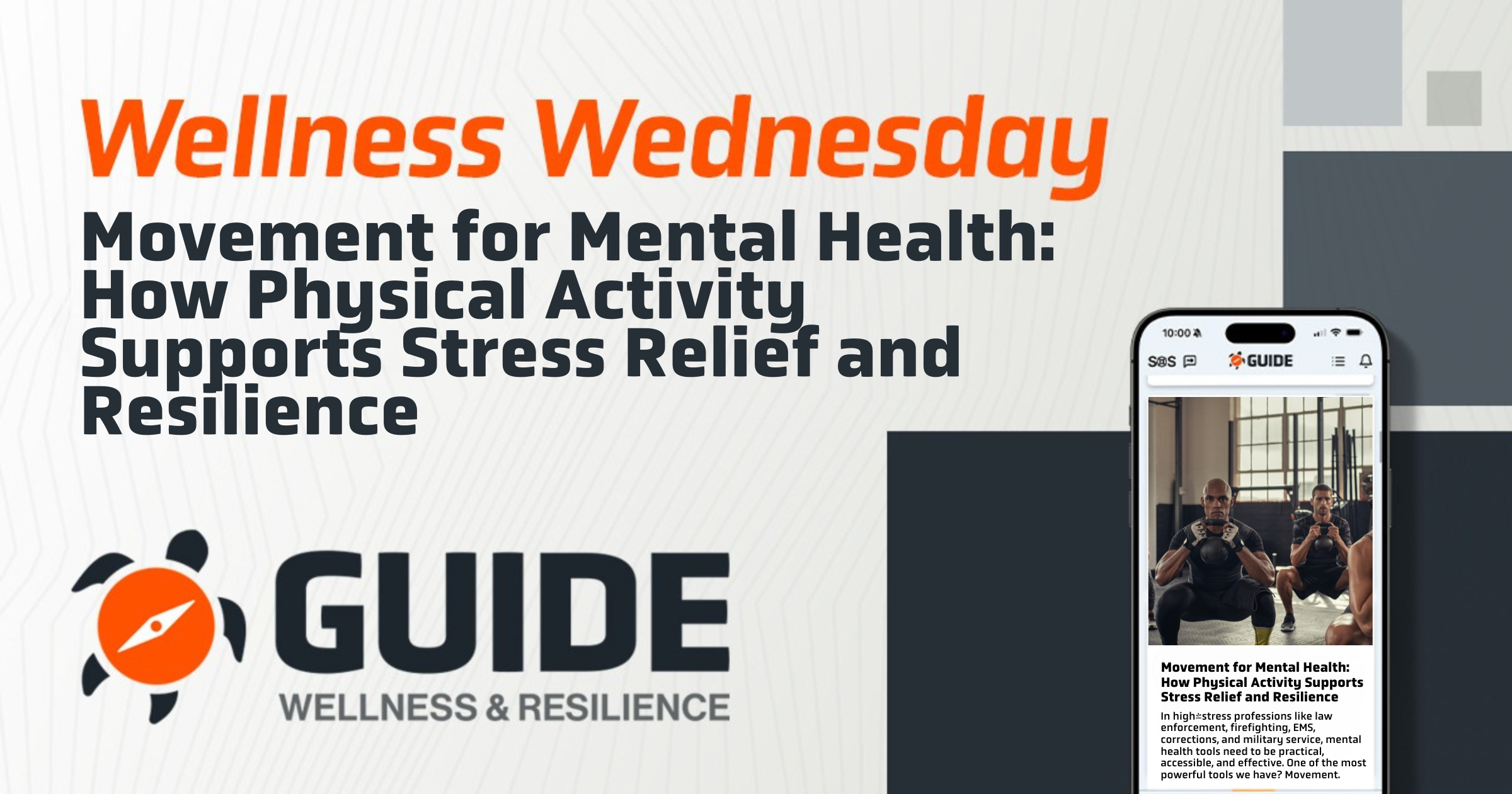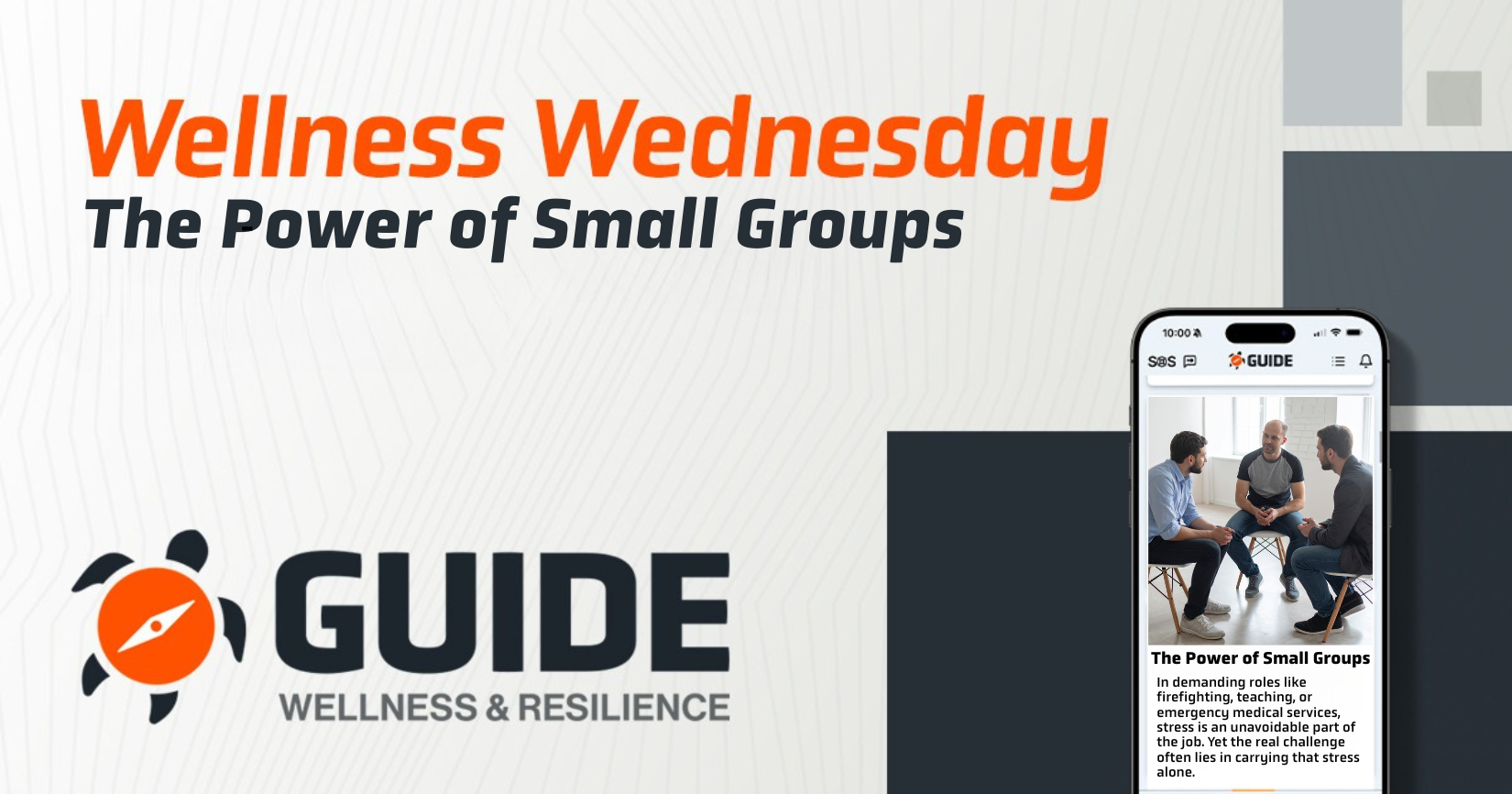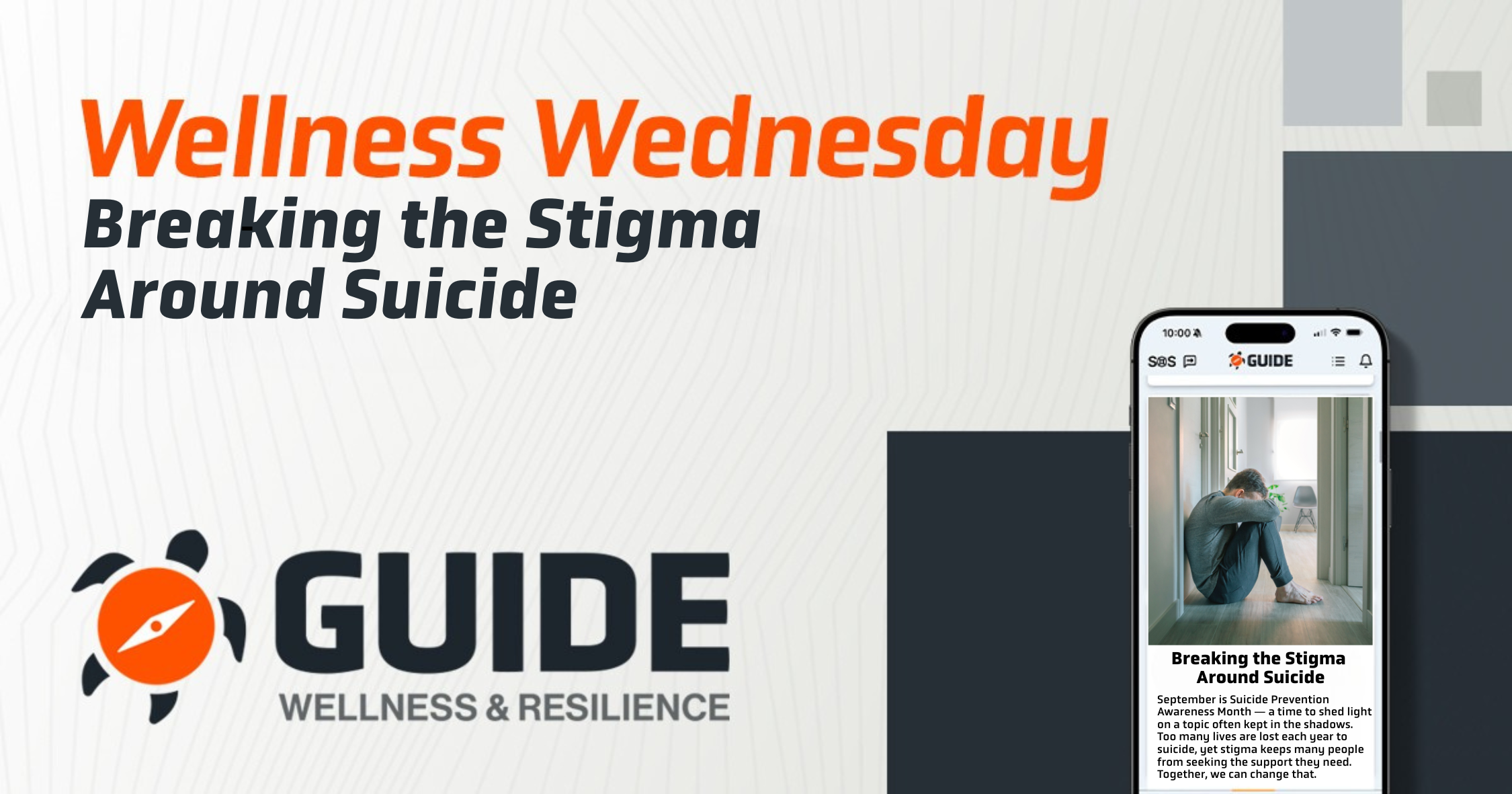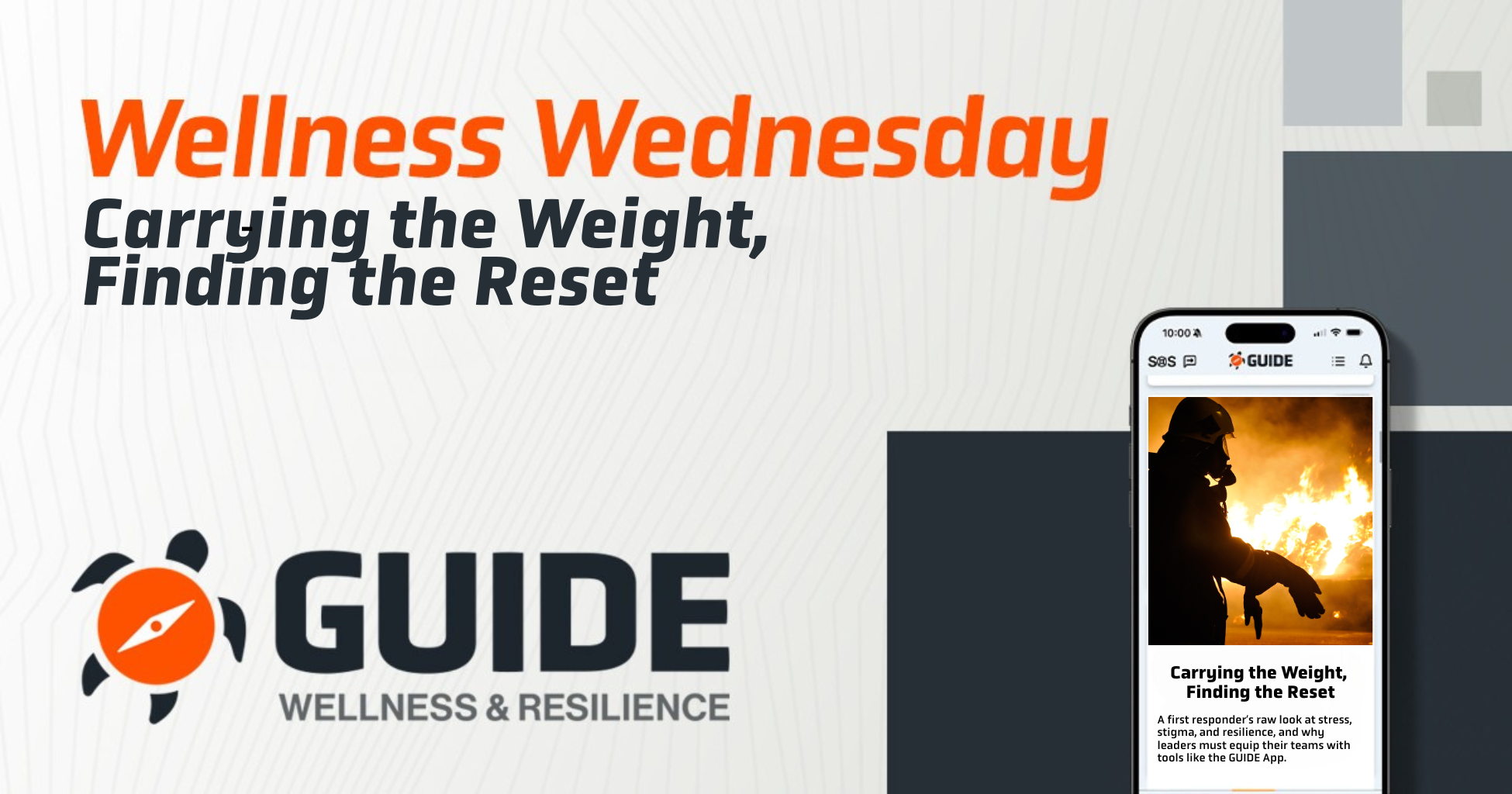In high-stress professions like law enforcement, firefighting, EMS, corrections, and military service, mental health tools need to be practical, accessible, and effective. One of the most powerful tools we have? Movement.
From walking and stretching to lifting and running, movement isn’t just physical, it’s a proven way to manage stress, support your nervous system, and maintain long-term mental resilience. And for professionals who live under constant pressure, it may be the most underutilized wellness strategy.
The Connection Between Physical Activity and Mental Health
When the body is stuck in stress mode, tight shoulders, shallow breath, racing mind, your nervous system is signaling that it’s still on high alert. This survival response is necessary on the job, but off the clock, it needs a reset.
That’s where movement for mental health comes in.
Physical activity helps:
- Reduce cortisol (stress hormone) levels
- Release physical tension held in the muscles
- Improve sleep quality
- Boost mood through endorphins and serotonin
- Re-establish the mind-body connection after trauma
Even 10 minutes of movement has been shown to decrease symptoms of anxiety and depression. It doesn’t have to be structured exercise, it just has to be intentional.
Simple Ways to Use Movement as a Mental Health Tool
You don’t need a full gym routine or a 60-minute session. The goal is to discharge stress, not to perform.
Try:
- A brisk 10-minute walk after shift
- Stretching or yoga during downtime
- Bodyweight squats or push-ups between calls
- A short mobility drill before bed
- Breathing paired with light movement to regulate your nervous system
Track how you feel before and after. You’ll likely notice a shift.
Track the Impact Inside The GUIDE App
If you’re using The GUIDE App, take a moment to log your mood before and after movement. Use the data to understand what works best for you, whether it’s morning walks, afternoon stretching, or lifting on your day off.
This process helps you develop a sustainable personal wellness toolkit, not a one-size-fits-all prescription.
Why It Matters for First Responders and Veterans
You don’t need another responsibility. What you need are tools that fit the reality of your job, fast, reliable, and proven. Movement is one of them.
It helps with:
- Processing difficult calls
- Transitioning between home and work
- Breaking cycles of hypervigilance and burnout
- Creating mental space for emotional regulation
When you move, you send a signal to your body that it’s safe to downshift. That signal matters more than you know.
Support Your Team with Practical Tools
If you’re in a leadership position, normalize this. Encourage your team to move. Better yet, share this post and spark the conversation.
Mental health support doesn’t have to be complicated. It just has to be consistent.
Next Step: Learn How to Fund Wellness for Your Team
Looking to bring tools like The GUIDE App to your department? Grant funding may be available.
Join us Thursday, July 31 at 12 PM ET for a live webinar:
“5 Things You Need to Know About Securing Grant Funding for Wellness Programs”
You’ll learn:
- What types of wellness grants are available
- When applications typically open
- What you need to prepare
- How to position GUIDE as a fundable solution




